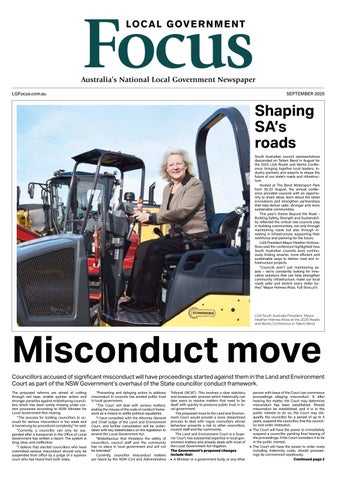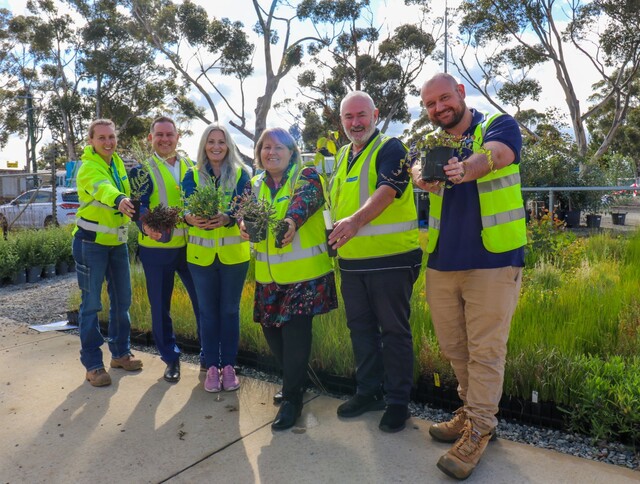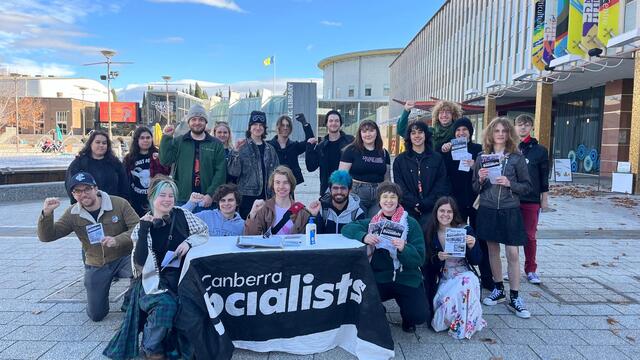Harlow is one of several English towns constructed in the postwar period as New Towns. Orbiting London, the New Towns were seen primarily as a way of reducing London’s population and providing an opportunity to plan for high standards of living in a modern environment for working people.
A master plan for Harlow was produced in 1947 by Sir Frederick Gibberd. The master plan created a central civic area surrounded by a series of self sufficient neighbourhoods, each equipped with their own amenities and landscaped wedges of green space.
The town centre was the first in the country to have a pedestrian precinct. Britain’s first residential tower block, was constructed in Harlow in 1951.
“The Town Hall, provided as part of the master plan, was a traditional tower block,” said Malcolm Morley, Council’s Chief Executive Officer. “Built with the aspirations of another age, it increasingly illustrated that it was not fit for purpose. In common with many of the buildings created in the town centre, it was at the end of its useful life.”
As part of the regeneration of the southern part of the town centre, Harlow Council negotiated a deal for the provision of a new purpose built Civic Centre. The new building is a landmark for Harlow and brings approximately 400 of the 1,100 staff the Council employs together on one site.
“The building, opened in May by His Royal Highness the Duke of Gloucester, is a symbol for the town’s regeneration,” Malcolm Morley said. “First class customer facilities to match those in the private sector are now provided and supported by the latest customer management technology. Staff now have a modern, appropriate environment in which to work.”
Harlow’s new Civic Centre symbolises the town’s ongoing evolution as an important sub regional centre.







